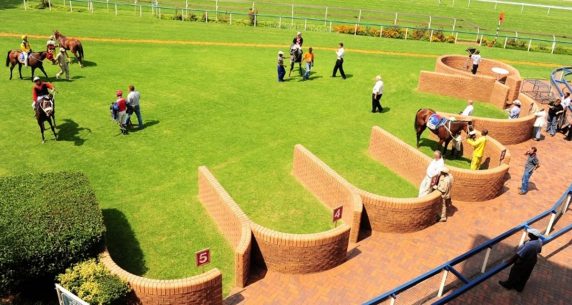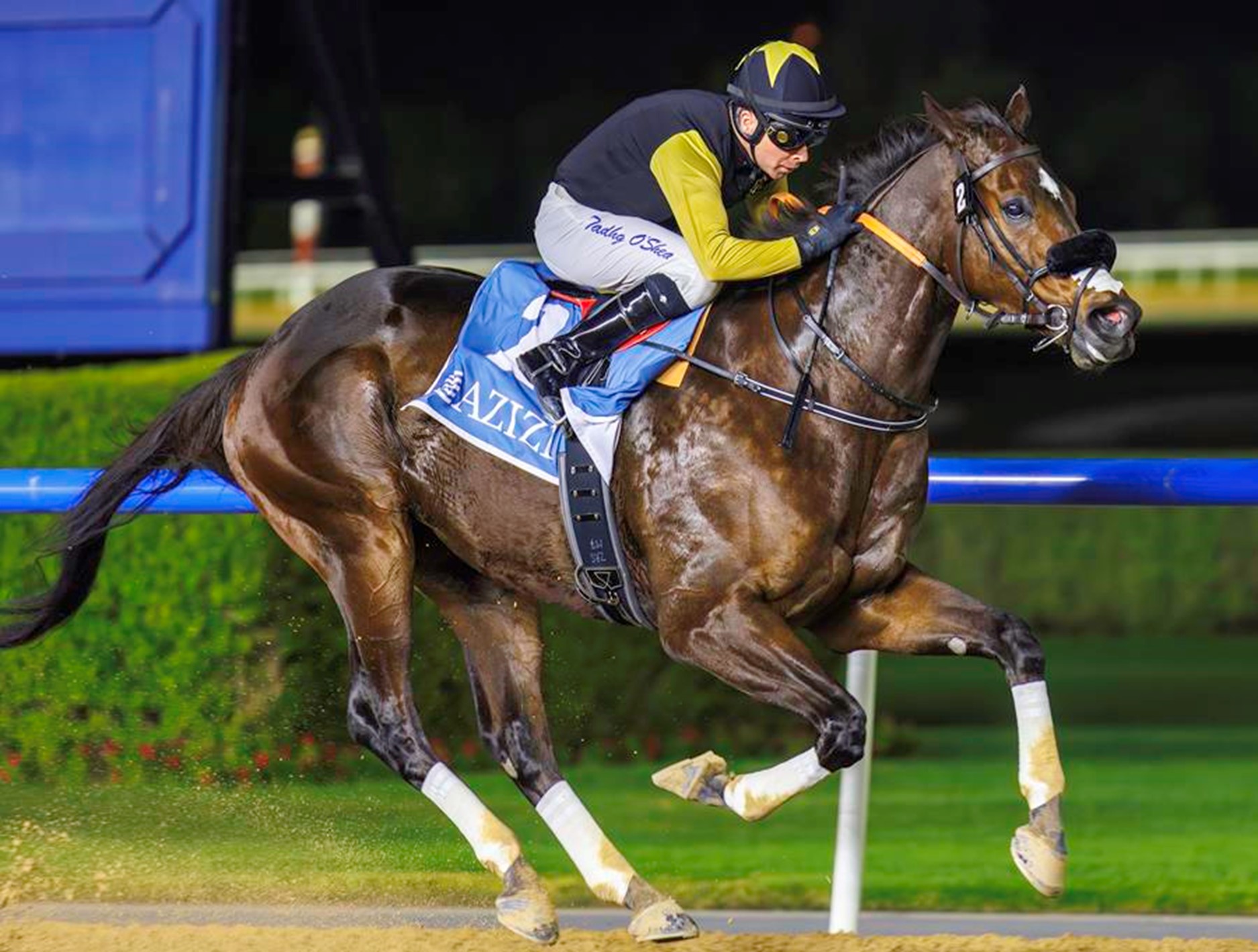Answering questions about the intensity of modern rugby union these days, French coach Philippe Saint-Andre said, “If things continue to go this way, with much longer game time, we will have to recruit athletes with a huge VO2 max and then teach them how to play the game.”
True, the rugby played in 2012 isn’t the same as 100, 50 or even 25 years ago. To watch footage of the 1987 Rugby World Cup during last year’s World Cup was telling: most 1987 players would be dwarfed and outmuscled by today’s players.
All of us have heard John Kirwan, Serge Blanco, or David Campese say that players in the 1980s didn’t even do weights at training or specifically work to increase their maximal aerobic speed.
Today’s players are bigger, heavier, stronger, and faster and do this for 80 minutes. Yes, that includes props and hookers.
A few years ago, researchers compared the physiques of the 2005 All Black side to the The Originals of 1905, the first New Zealand team to tour Europe.
The average 2005 All Black was 187 centimetres and weighed 102.5 kilograms. The Originals a century earlier were on average 175 centimetres and 81 kilograms. So they were 12cm shorter and 21.5kgs lighter.
One might argue that the general population is also heavier and taller now and that players of Pacific Islander heritage are nowadays more present in the All Black ranks.
Yet we got the same results in France, when Top 14 side Clermont compared the weight and height of their players at the beginning of the 20th century and 100 years later. Forwards had on average put on 18kgs and 8cm, while the backs were 8.5cm taller and 12.3kgs heavier.
What these numbers don’t tell, though, is the difference of intensity, speed or sheer strength in today’s game. Nothing can measure Nonu’s hits, Spies run bursts or the initial impact at scrum-time.
Yet the visual impression doesn’t lie. If you also take into consideration the number of phases or increased game time, you understand that today’s professional rugby players are first and foremost super-athletes, then rugby players.
In making this comment with a certain sense of humour, Philippe Saint-Andre underlined the changes rugby is currently facing.
Nowadays, to make the cut in a professional team, young players have to show exceptional physical abilities rather than technical ones. Power, speed and endurance, all components of maximal aerobic speed, are the main selection criteria.
Yes, players’ physique is becoming more uniform across the team.
Today, at 188cm and 102kgs, you could fit in any position of any back-row or back-line with the exception of scrum-half, although Mike Phillips could be seen as a precursor.
From number six to number 15, you need to have the same physical attributes to make the cut: speed, power and endurance.
Pierre Spies, Sonny Bill Williams and even, to some extent, a player like Radike Samo, epitomise what modern rugby players are all about: first and foremost super-athletes. How many rugby coaches would love to sign Usain Bolt?









